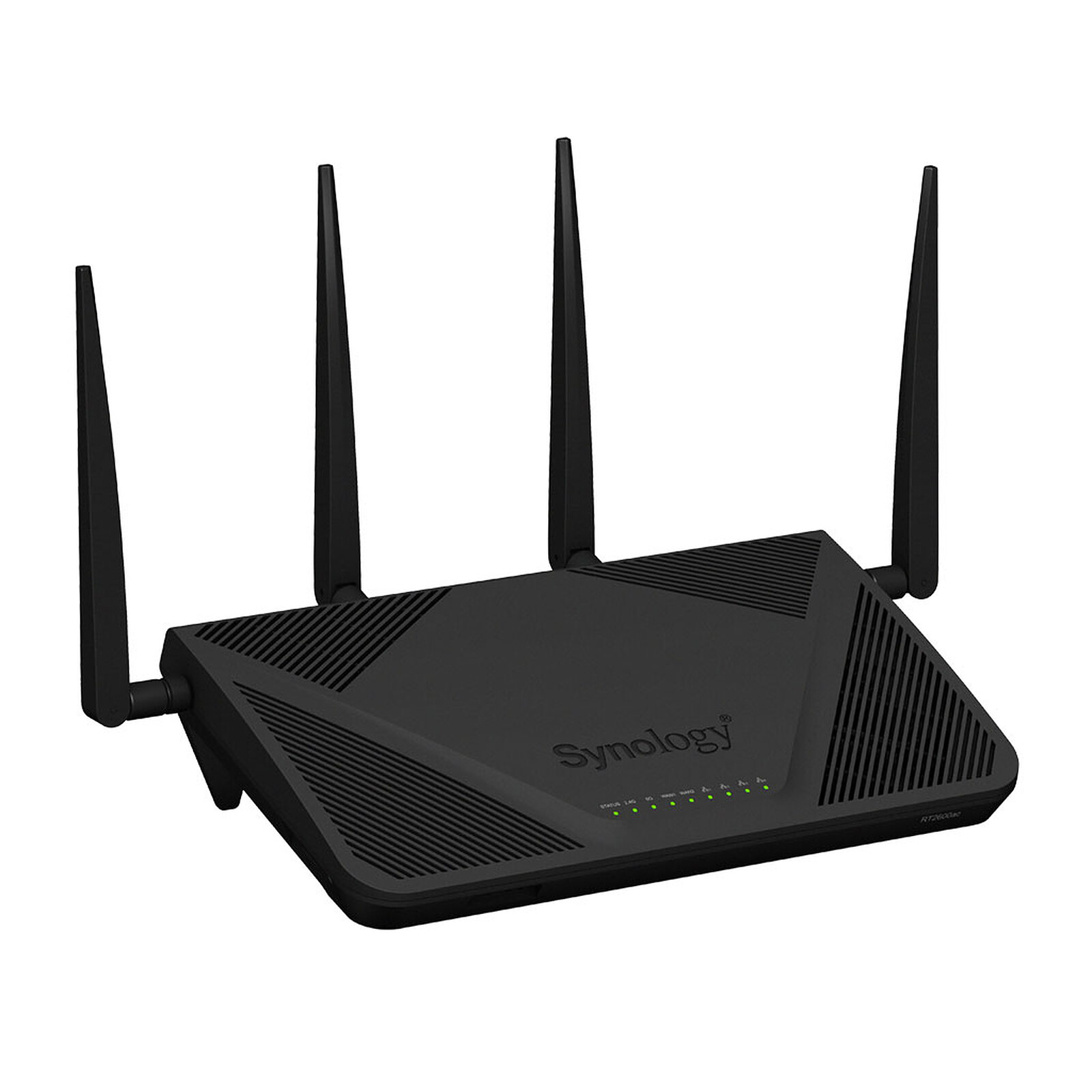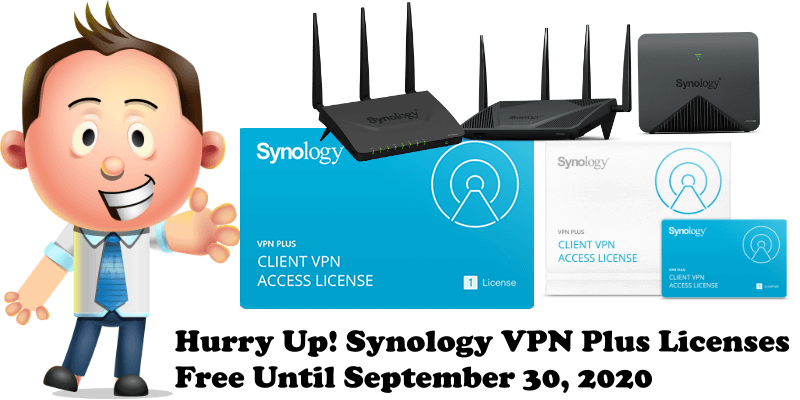

- SYNOLOGY ROUTER VPN PLUS IS BUILT ON OPENVPN PC
- SYNOLOGY ROUTER VPN PLUS IS BUILT ON OPENVPN WINDOWS
Now my VPN connection works but some things seem off: if I put a check in the box at "Direct Clients to redirect Internet traffic" in the Tomato VPN Server setup my client can connect but can not access the internet. I followed the tutorial "Connect to Your Home Network From Anywhere with OpenVPN and Tomato" and set everything up but it didn't work the way I desired and I had to make quite some changes to finally make it work properly.Ĥ.
SYNOLOGY ROUTER VPN PLUS IS BUILT ON OPENVPN WINDOWS
I have also installed the latest OpenVPN release in Windows and set it to always run as administrator.ģ. I have installed and set the latest Tomato (Shibby) firmware on my router (Linksys E1200).Ģ. I want all the traffic and services to go trhough the VPN tunnel (for maximum security), I don't need access to my home LAN, just to the internet.ġ. I changed my LAN address to 10.10.10.0/24.Īnyway, my goal is to set up a secure, encrypted VPN connection between a client (a Windows laptop connected to an unsecure public WiFi) and a server (my home router) so that I can access the internet securely throught my ISP.


Yes, that's right, I found about it myself when connecting from 192.168.1.0/24 to the 192.168.1.0/24 and it would't work. Why does OpenVPN say he's connected and his remote machine shows in my router and all but when he goes and checks his IP it's still his original public IP and ISP (and not mine). When OpenVPN connects it says "Assiged IP: 192.168.1.101", I think there should be my router's WAN (public) IP? But instead it's router's internal LAN IP (from DHCP pool).
SYNOLOGY ROUTER VPN PLUS IS BUILT ON OPENVPN PC
OpenVPN says it's connected (green + locked) and the remote PC shows up in my router - but the remote PC still shows the original public IP when we go check it with a browser (and yes, I have disabled WebRTC and checked it too - that's not the problem). I have copied these files I pre-made to his computer: client.key, client.crt, ca.crt and client.ovpn. Today I tried it on a friend's remote located PC (on another public IP, different ISP than mine). I tried it in VMware Player and it seemed like it's working. nd-tomato/) and set up OpenVPN on my Tomato router.


 0 kommentar(er)
0 kommentar(er)
